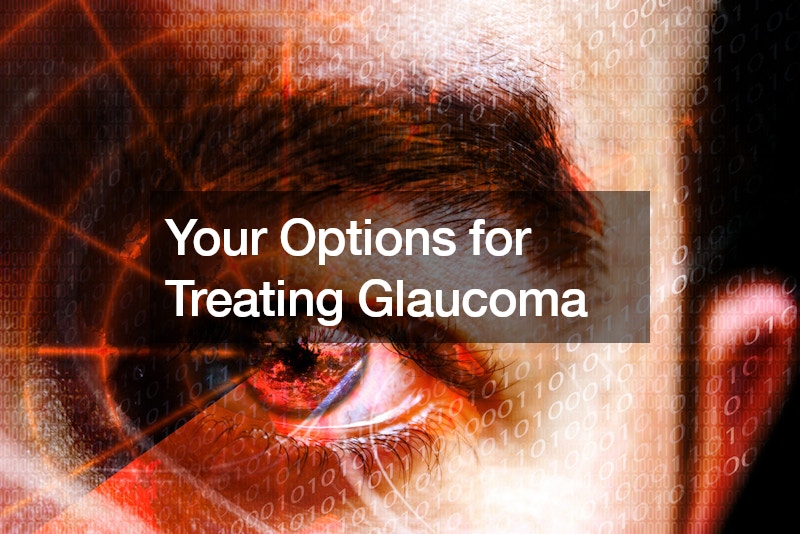When it comes to treating glaucoma, several options are available to manage the condition and prevent vision loss. One of the primary glaucoma treatments is the use of eye drops to lower intraocular pressure (IOP), which is a key risk factor for glaucoma progression. These eye drops work by either decreasing the production of aqueous humor or increasing its outflow from the eye, thereby reducing pressure within the eye and slowing down the progression of the disease.
In addition to eye drops, oral medications may be prescribed to lower IOP in some cases. These medications work by reducing the production of aqueous humor or increasing its drainage, similar to the mechanism of action of eye drops. Oral medications may be used alone or in combination with eye drops to achieve adequate IOP control. For patients with more advanced or refractory glaucoma, surgical interventions may be recommended. These can include procedures, such as laser trabeculoplasty, trabeculectomy, or minimally invasive glaucoma surgery (MIGS). These surgeries aim to improve the drainage of aqueous humor from the eye, thereby lowering IOP and reducing the risk of vision loss. Ultimately, the choice of glaucoma treatment depends on various factors, including the severity of the disease, patient preferences, and the presence of other ocular or systemic conditions. Working closely with an ophthalmologist or glaucoma specialist ensures that the most appropriate treatment plan is tailored to each individual’s needs and circumstances.
.


